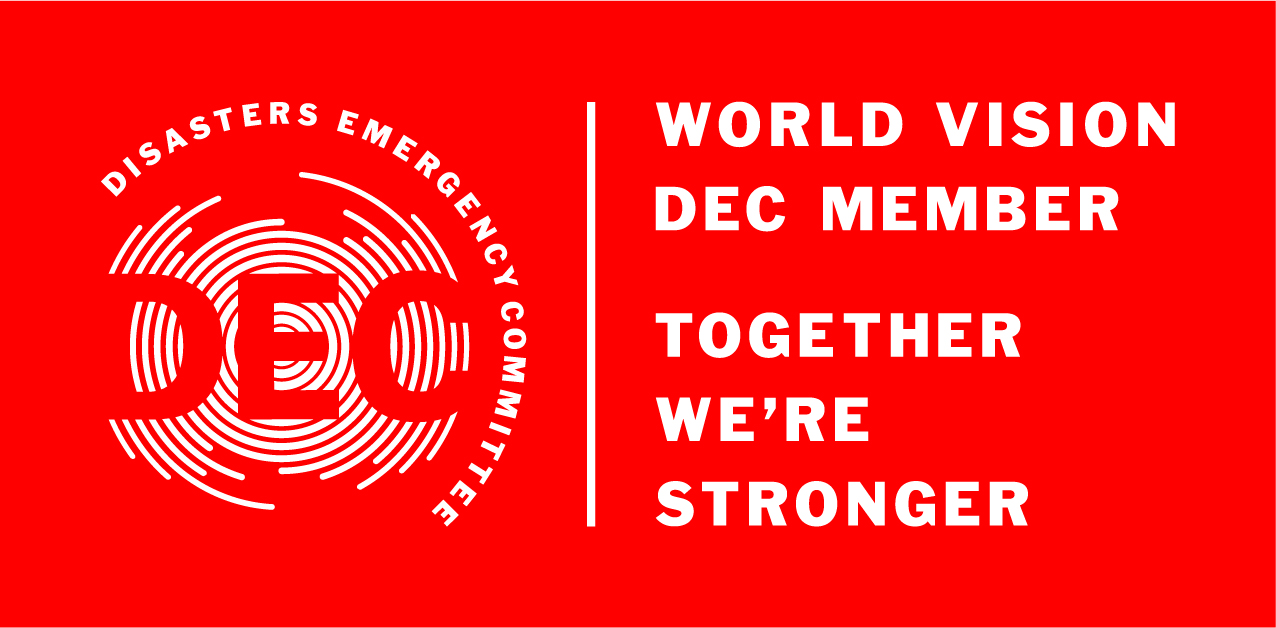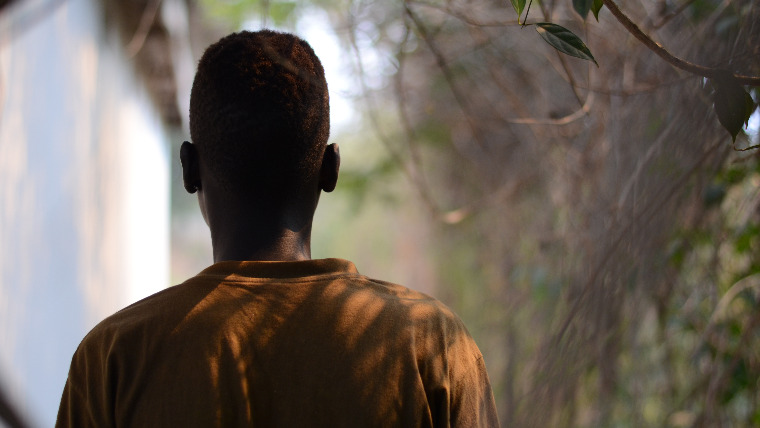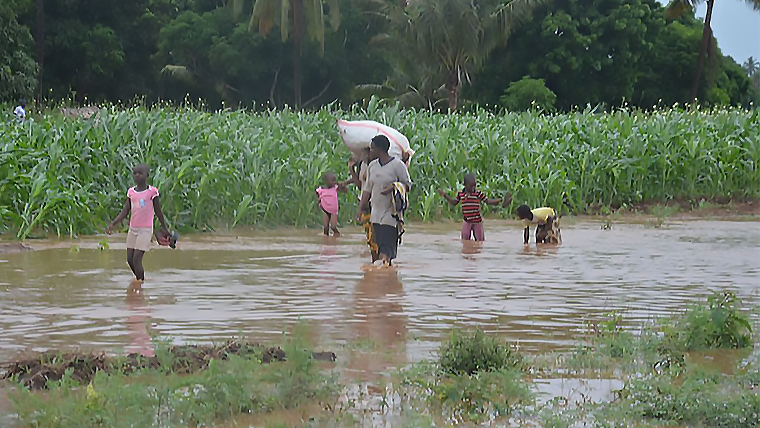East Africa Hunger Crisis
Now is our chance to protect children from hunger
More than 12 million children go to bed hungry across South Sudan, Somalia, Ethiopia and Kenya every day. Children don’t have enough to eat because of drought, conflict, flooding or hyperinflation.
The combination of disasters has forced 8.5 million people to flee their homes across South Sudan, Somalia, Ethiopia and Kenya. Conflict is the largest driver of displacement – with children often witnessing or experiencing horrific violence, exploitation and abuse.
Now, 9 million children under the age of 5, pregnant women and breastfeeding mothers require nutrition assistance. Without it, children’s growth and health could be irreversibly damaged.
Children are at the most risk. When families don’t have the ability to grow or purchase food, children pay the price. Increased hunger forces young girls into early marriage, makes children drop out of school, pushes boys and girls into child labour and other dangerous ways of surviving. And it dims their opportunities for the future.
In the lead up to lean season (between May and July 2018) families in some counties of South Sudan are expected to reach extreme critical levels of Acute Malnutrition.
Disaster after disaster
After months of devastating drought, 2.2 million people are now struggling in the aftermath of Tropical Storm Sagar which has devastated parts of Somaliland and Ethiopia. In Somalia, Kenya and Ethiopia, above normal flooding has wreaked havoc. Crops have been destroyed and animals killed, leading to concerns about a lack of food in the months to come.
Homelessness: Families have sought shelter on higher ground. Many remain in makeshift tents and need urgent humanitarian assistance.
Malnutrition: The combination of displacement from flooding, destroyed crops and waterborne disease outbreaks, is likely to affect children’s health and could lead to even higher malnutrition rates.
Education interrupted: Hundreds of thousands of school children have missed classes and exams as thousands schools were forced to close during the flooding. Many classrooms have been damaged or destroyed, which will affect children’s learning once classes resume.
Dirty water: Tens of thousands of people are without access to clean water after water systems were destroyed, leaving people more susceptible to waterborne diseases. Already, cholera outbreaks and acute watery diarrhoea have been reported in all three countries and are likely to spread.
Emotional affects: Many of the children displaced by flooding may be in need of psychosocial support. Some have witnessed the death of loved ones or have seen their homes destroyed by flooding.
Children at risk: Natural disasters expose children to violence. When displaced, children are more likely to experience neglect, abuse, exploitation or sexual violence, which can lead to early marriage or pregnancy.
Conflict: Interclan violence has broken out in parts of south-west Ethiopia, resulting in the displacement of over 527,263 people. This is one of the most densely populated parts of the country, with around 1,000 people per square kilometre. Families and children are living in public buildings (including schools and training centres). Combined with the food crisis, this is creating a precarious situation for children.
HOW YOU CAN HELP
We must act together now to stop children dying
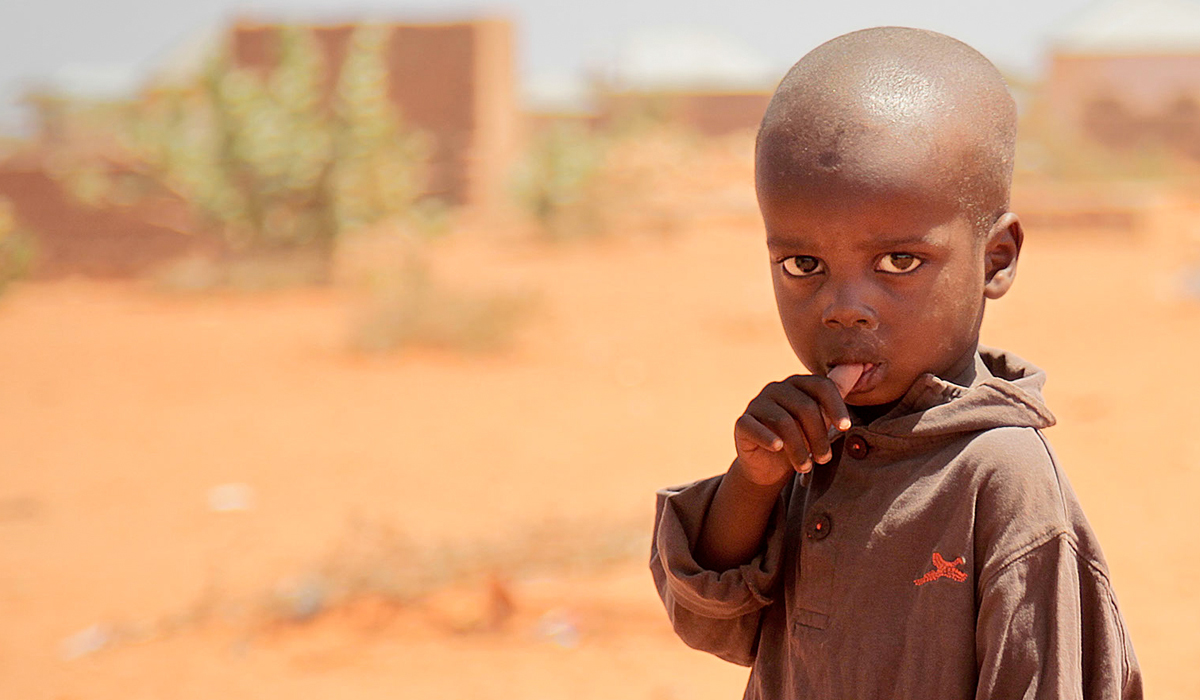
Conditions are expected to worsen before they improve. It’s a race against time to prevent a disaster the UN describes as the worst humanitarian crisis since its inception.
Give now to save children at risk of starvation »
The risk is real: In 2011 famine ravaged the Horn of Africa killing more than 260,000 people – most of them children under the age of five. International aid is urgently needed before the window of opportunity closes.e urgently need £42 million to increase our response and provide lifesaving assistance over the next few months (to February 2018).
World Vision as DEC member fundraised as part of the DEC East Africa Crisis Appeal.
Pray for children and families affected by the hunger crises in Africa.
HOW ARE WE HELPING
Helping children survive, thrive and return to school
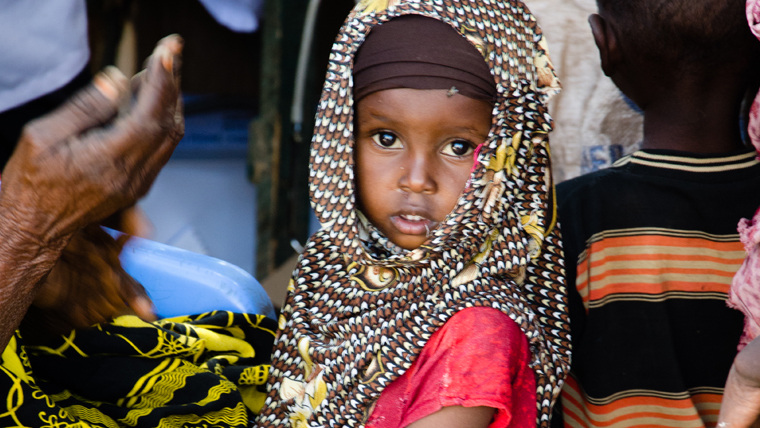
We have a longstanding presence in Ethiopia, Kenya, South Sudan and Somalia, running humanitarian and development projects. During the food crisis our local teams are helping the poorest and most vulnerable: malnourished young children, pregnant and breastfeeding women, female-headed households, orphans, disabled breadwinners and the elderly. We'll also prioritise families who have lost their livelihoods, minorities and other socially excluded people.
More than 1 million people were reached in May 2018 through World Vision's response to food insecurity, conflict, displacement and flooding throughout parts of Ethiopia, Kenya, Somalia and South Sudan. The response team reached:
- 670,824 people with food security and livelihood activities
- 256,509 people with clean water and sanitation services
- 182,570 people with nutrition assistance
- 108,874 people with health care services
- 43,748 people with education programmes
- 36,333 people with protection assistance
- 8,062 people with shelter and other essential relief items.
We aim to provide 250,000 more people with assistance to recover from flooding and Tropical Storm Sagar’s aftermath. We aim to support people with healthcare, food security and livelihood assistance, improve access to clean water and sanitation systems, help restore learning environments and supply essential relief items.
Large-scale, long-term, life saving assistance is needed to avoid more malnutrition and death. You can help now by giving to our East Africa Appeal.
Somalia

We're helping some of the most vulnerable children and their families in some of the hardest hit areas in Puntland, Somaliand and South West State.
Read moreSouth Sudan
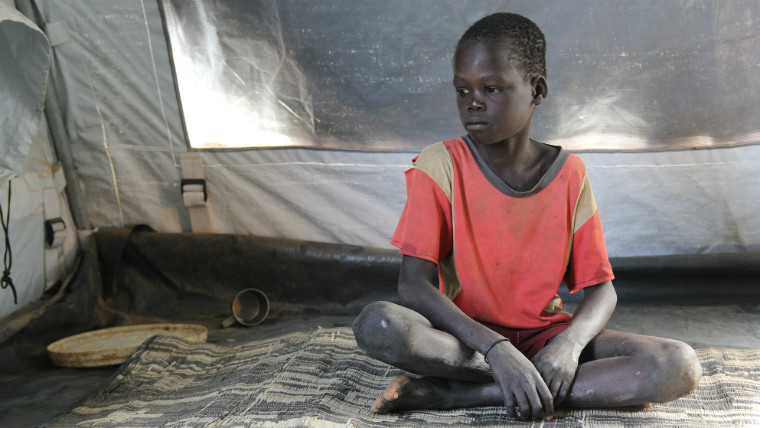
As people continue to flee, it’s becoming more and more difficult to provide food to the people of South Sudan.
Read moreClick here to read about our East Africa Hunger Crisis Emergency Response >>
Ethiopia

We're working to meet the various health, nutrition, child protection, livelihood, education, and water and sanitation needs.
Read moreTHANK YOU
So far you've given more than £814,000 for children and families affected by the East Africa Crisis.
